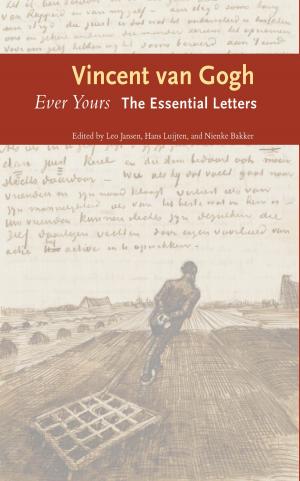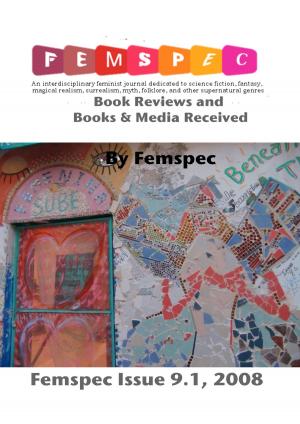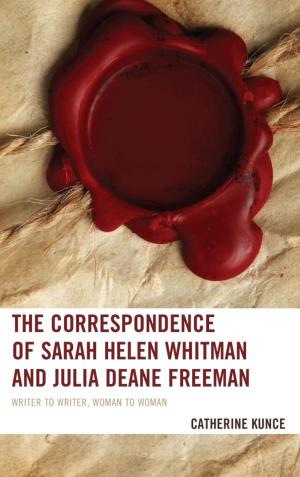Jaros Hygienic Wear
The therapeutic and prophylactic application.
Nonfiction, Health & Well Being, Medical, Patient Care, Caregiving, Nursing, Critical & Intensive Care, Reference, Essays| Author: | I. Jaros | ISBN: | 1230000292329 |
| Publisher: | Jaros Hygienic Underwear Co | Publication: | January 20, 2015 |
| Imprint: | Language: | English |
| Author: | I. Jaros |
| ISBN: | 1230000292329 |
| Publisher: | Jaros Hygienic Underwear Co |
| Publication: | January 20, 2015 |
| Imprint: | |
| Language: | English |
Example in this ebook
Professors Von Pettenkofer, Parkes, and Buck, pronounced Hygienists, have contributed largely to establishing theories regarding clothing materials and their relations to health. These conclusions have led to a more general consideration thereof, in the therapeutics, as well as prophylaxis in medical practice.
Wool is regarded as deserving first consideration.
The fibres are cylindrical collections of numerous cells, and present each the appearance of a tube covered with epidermic scales which overlap each other. The zigzag markings are characteristic.
Cotton, for various reasons, may be regarded as next in importance, providing consideration be given to the manner of application, in combination with wool.
This is fully verified by Krieger's experiments.
The fibres of cotton appear to be made up of flat, ribbon-shaped cells, thicker at the edges than in the middle. They are irregularly twisted, with a broad longitudinal cavity more or less well defined. There is frequently a kind of net-work striation apparent on the surface.
With regard to the comparative value of these fibres in application we refer here to the Tables of Mattieu Williams, page 31 of this Treatise. It remains, therefore, to have a material of these fibres so constructed that it will embody all scientific essentials. The first satisfactory material of the "Jaros Hygienic Wear" was laid before the Medical Profession in Chicago, November, 1884, and, guided by their suggestions, the "Wool Fleece Fabric" was so materially improved that, on January 4, 1886, L. L. McArthur, M.D., in a paper before the Chicago Medical Society, states: "Now, gentlemen, this device was a particularly 'happy one,' in that all the requirements of a truly hygienic wear are provided—porosity, warmth, absorbent powers and elasticity."
It will be seen that the material is a fleecy wool surface knitted into a cotton framework—resembling in many essential points a natural sheep's pelt. A prominent factor regarded in the claim for a reproduction of the natural pelt, is the preservation of the yolk which, if left in the wool, preserves its pliancy. It forms a kind of natural soap, consisting principally of potash salts with animal oil almost entirely soluble in cold water. Special care must therefore be taken in washing the wool, and this has been one of the latest results added to the success of the "Jaros Hygienic Material." The features warranting precaution in scouring wool, and advised by scientists, are based on the following possibilities: Excess of alkali has to be guarded against, since uncombined caustic acts energetically on the wool fibre, and is indeed a solvent of it. On this account soap solutions cannot be too carefully prepared to prevent making the wool brittle.
"A material of loose texture confining much air in its interstices is warmer than same amount of clothing material closely woven. Wool or cotton carded and spread out in the shape of a wadding and held, will make a warmer garment than the same quantity spun and woven, and similarly covered. This applies with force to underclothing."—"Ziemsen," Vol. XVIII.
PROPHYLAXIS.—In the consideration of a prophylactic measure this Underwear accomplishes the desideratum for protection.
To be continue in this ebook
Example in this ebook
Professors Von Pettenkofer, Parkes, and Buck, pronounced Hygienists, have contributed largely to establishing theories regarding clothing materials and their relations to health. These conclusions have led to a more general consideration thereof, in the therapeutics, as well as prophylaxis in medical practice.
Wool is regarded as deserving first consideration.
The fibres are cylindrical collections of numerous cells, and present each the appearance of a tube covered with epidermic scales which overlap each other. The zigzag markings are characteristic.
Cotton, for various reasons, may be regarded as next in importance, providing consideration be given to the manner of application, in combination with wool.
This is fully verified by Krieger's experiments.
The fibres of cotton appear to be made up of flat, ribbon-shaped cells, thicker at the edges than in the middle. They are irregularly twisted, with a broad longitudinal cavity more or less well defined. There is frequently a kind of net-work striation apparent on the surface.
With regard to the comparative value of these fibres in application we refer here to the Tables of Mattieu Williams, page 31 of this Treatise. It remains, therefore, to have a material of these fibres so constructed that it will embody all scientific essentials. The first satisfactory material of the "Jaros Hygienic Wear" was laid before the Medical Profession in Chicago, November, 1884, and, guided by their suggestions, the "Wool Fleece Fabric" was so materially improved that, on January 4, 1886, L. L. McArthur, M.D., in a paper before the Chicago Medical Society, states: "Now, gentlemen, this device was a particularly 'happy one,' in that all the requirements of a truly hygienic wear are provided—porosity, warmth, absorbent powers and elasticity."
It will be seen that the material is a fleecy wool surface knitted into a cotton framework—resembling in many essential points a natural sheep's pelt. A prominent factor regarded in the claim for a reproduction of the natural pelt, is the preservation of the yolk which, if left in the wool, preserves its pliancy. It forms a kind of natural soap, consisting principally of potash salts with animal oil almost entirely soluble in cold water. Special care must therefore be taken in washing the wool, and this has been one of the latest results added to the success of the "Jaros Hygienic Material." The features warranting precaution in scouring wool, and advised by scientists, are based on the following possibilities: Excess of alkali has to be guarded against, since uncombined caustic acts energetically on the wool fibre, and is indeed a solvent of it. On this account soap solutions cannot be too carefully prepared to prevent making the wool brittle.
"A material of loose texture confining much air in its interstices is warmer than same amount of clothing material closely woven. Wool or cotton carded and spread out in the shape of a wadding and held, will make a warmer garment than the same quantity spun and woven, and similarly covered. This applies with force to underclothing."—"Ziemsen," Vol. XVIII.
PROPHYLAXIS.—In the consideration of a prophylactic measure this Underwear accomplishes the desideratum for protection.
To be continue in this ebook















